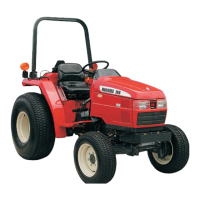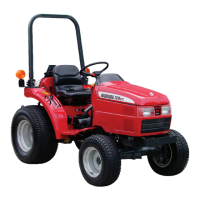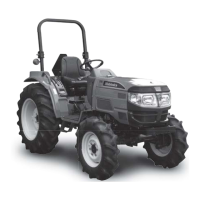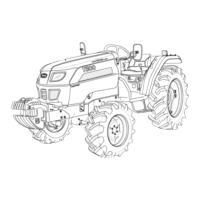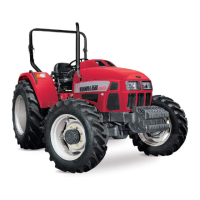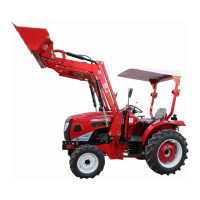Alternator Inspection
Perkins recommends a scheduled inspection of
the alternator.
Inspect the alternator for loose connections and
.
Inspect the ammeter(If equipped) during engine
operation in order to ensure proper battery
performance and/or proper performance of the
electrical system.
Make repairs, as required.
Check the alternator and the battery charger for
proper operation.
(1) Burroughs gauge.
If the batteries are properly charged, the ammeter
reading should be very near Zero.
All batteries should be kept warm because
temperature affects the cranking power.
If the battery is too cold, the battery will not crank
the engine.
When the engine is not run for long periods of time
or if the engine is run for short periods.
Fit the gauge(1) at the center of the longest free
length and check the tension.The correct
tension is 535N(120 lb).If the tension of the
belt is below 250N(56 lb) adjust the belt to 535
N (120 lb).
If twin belts are installed,check and adjust the
tension on the both belts.
e
a
ery may no
u
y c
arge
.
A battery with a low charge will freeze more easily
than a battery with a full charge.
Alternator and Fan Belts
Inspect Adjust Replace
For applications that require multiple drive belts,
replace the belts in matched sets.
Replacing only one belt of a matched set will cause
the new belt to carry more load because the older
belt is stretched.
The additional load on the new belt could cause
the new belt to break.
If the belts are too loose.
77
v
rat
on causes unnecessary wear on t
e
e
ts an
pulleys.
Loose belt may slip enough to cause overheating.
To accurately check the belt tension,a suitable
gauge should be used.
